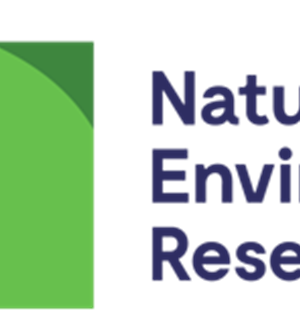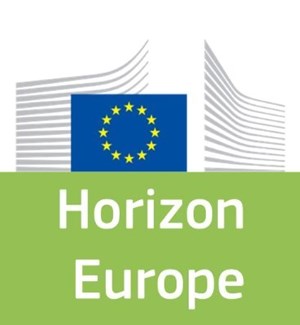Plastic is ubiquitous in the environment with freshwater ecosystems acting as major accumulators. Here plastic can be seen as a new substantial component of benthic and pelagic habitats. As such, plastic can potentially affect sediment physical-chemical properties and energy balance, altering the natural exchange of nutrients and organisms with the water column. Biofilms surrounding environmental plastics may mobilize chemicals contained in plastics (including metals), compete for nutrients and exchange biological information with sediments and water. I hypothesize that these processes can impair natural nutrient cycles and the assembling of natural microbial communities in polluted environments. First, I will assess whether biofilms growing on plastics can utilize nutrients present in the ageing polymer matrix and whether they can affect the development of the natural pelagic microbial community through competition and exchange of organisms. Next, using germination experiments, I will study how dispersal of organisms from and to the plastic biofilm can affect the pelagic microbial community. For this, I will translocate plastics naturally or artificially coated with biofilms into microcosms containing pristine sediments and hosting a pelagic community spontaneously germinated from them. I will do this while factoring out for the effects of plastic type, ageing and biofilm origin. Changes in physical-chemical properties of sediments, alterations of fluxes of nutrients between benthic and pelagic phases, and responses in community structures and functions will be monitored. Community level responses will be analyzed through both taxonomy, trait distribution analysis and measurements of functional and physiological responses. PATTERN will possibly unfold a new avenue for addressing ecosystem-level responses to plastics, enabling to rate the influence of driving factors and to scale evidences for their actual environmental relevance.
Want to analyze based on this project via our analysis tool? Analyze this project
Knowledge Gaps
Biological processes and biotic interactions with plastic
Effects assessment-general
Environmental effects and ecotoxicity
Reference materials and standardization
Environmental fate and behavior of plastic




